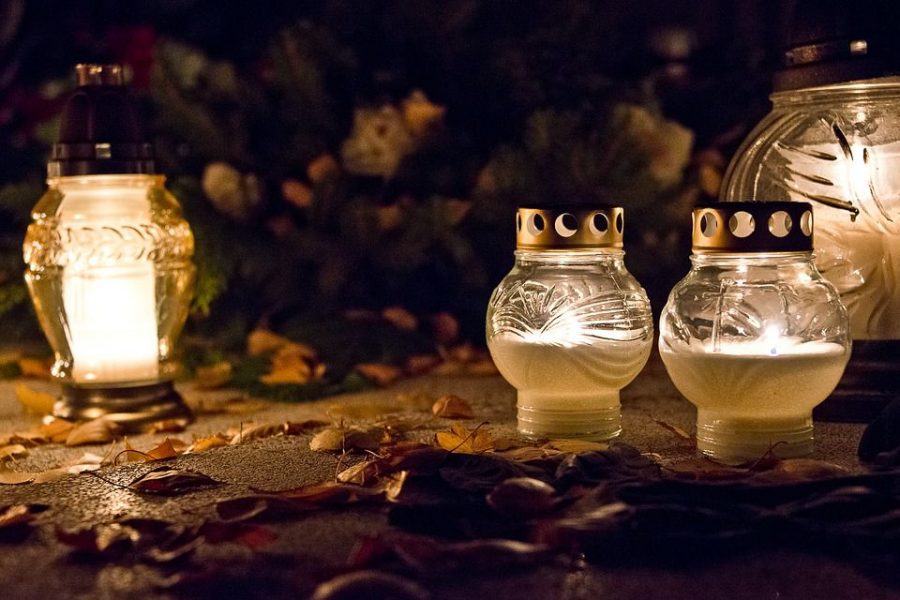How Halloween moved from ancient tradition to an American monkeymaker
October 31, 2018
Halloween is an annual holiday celebrated each year on Oct. 31.
It originated with the ancient Celtic festival of Samhain, when people would light bonfires and wear costumes to ward off ghosts. In the eighth century, Pope Gregory III designated Nov. 1 as a time to honor all saints.
The evening before was known as All Hallows Eve, and later Halloween. Over time, Halloween evolved into a day of activities like trick-or-treating, carving jack-o-lanterns, festive gatherings, donning costumes and eating sweet treats.
The celebration of Halloween was extremely limited in colonial New England because of the rigid Protestant belief systems there. Halloween was much more common in Maryland and the Southern colonies, according to National Geographic.
As the beliefs and customs of different European ethnic groups as well as the American Indians meshed, a distinctly American version of Halloween began to emerge. The first celebrations included “play parties,” public events held to celebrate the harvest, where neighbors would share stories of the dead, tell each other’s fortunes, dance and sing.
Colonial Halloween festivities also featured the telling of ghost stories and mischief-making of all kinds. By the middle of the nineteenth century, annual autumn festivities were common, but Halloween was not yet celebrated everywhere in the country, according to National Geographic.
In the latter half of the nineteenth century, America was flooded with new immigrants. These new immigrants, especially the millions of Irish fleeing the Irish Potato Famine, helped to make the celebration of Halloween a cultural staple.
Borrowing from Irish and English traditions, Americans began to dress up in costumes and go house to house asking for food or money, a practice that eventually became today’s “trick-or-treat” tradition. Young women believed that on Halloween they could divine the name or appearance of their future husband by doing tricks with yarn, apple parings or mirrors.
In the late 1800s, there was a move in America to change Halloween into a holiday more about community and neighborly get-togethers than about ghosts, pranks and witchcraft. At the turn of the century, Halloween parties for both children and adults became the most common way to celebrate the day. Parties focused on games, foods of the season and festive costumes.
Newspapers encouraged parents and community leaders to take anything frightening or distorted out of Halloween celebrations. Because of these efforts, Halloween lost most of its superstitious and religious overtones by the beginning of the 20th century, according to National Geographic.
By the 1920s and 1930s, Halloween had become a secular, but community-centered holiday, with parades and town wide Halloween parties as the main source of entertainment. Despite the best efforts of many schools and communities, vandalism began to plague some celebrations in many communities during this time.
By the 1950s, town leaders had successfully limited vandalism and Halloween had evolved into a holiday directed predominantly toward the youth. Due to the high numbers of young children during the ’50s baby boom, parties moved from town civic centers into the classroom or home, where they could be more easily accommodated, according to National Geographic.
Between 1920 and 1950, the centuries-old practice of trick-or-treating revived. Trick-or-treating was a relatively inexpensive way for an entire community to share the Halloween celebration. In theory, families could also prevent tricks being played on them by providing the neighborhood children with small treats.
Alas, a new American tradition arose, and it has continued to grow. Today, Americans spend an estimated $6 billion annually on Halloween, making it the country’s second largest commercial holiday after Christmas.
One quarter of all the candy sold annually in the U.S. is purchased for Halloween, according to National Geographic.












